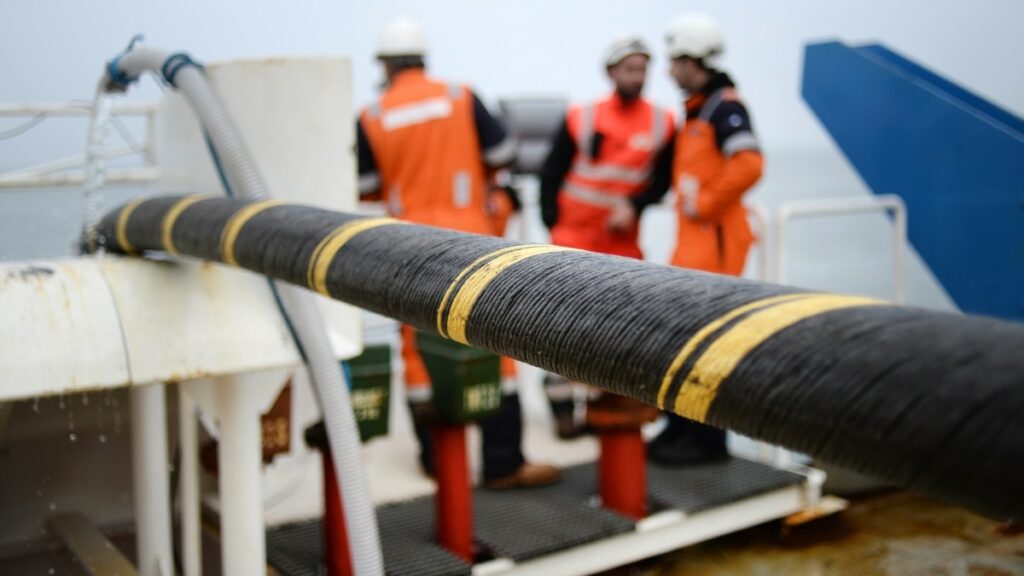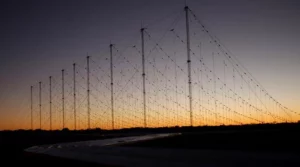Just a few days ago, U.S. officials privately delivered an unusual warning to telecommunications companies: Undersea cables that ferry internet traffic across the Pacific Ocean could be vulnerable to tampering by Chinese repair ships, adding that state-controlled Chinese company that helps repair international cables, S.B. Submarine Systems, appeared to be hiding its vessels’ locations from radio and satellite tracking services. The risk of Espionage seems imminent.
How vulnerable or underwater internet cables?
Undersea cables are the backbone of global communications, transmitting nearly 99% of international data. Despite their critical importance, these cables are vulnerable to a variety of threats that can disrupt services and pose significant risks to global connectivity. This article explores the known vulnerabilities of global undersea cables, including natural disasters, material or technical failures, and espionage.
Undersea cables, often spanning thousands of kilometers across ocean floors, are susceptible to natural disasters. Earthquakes and underwater landslides can cause severe physical damage to these cables. For instance, the 2006 Hengchun earthquakes near Taiwan disrupted multiple cables, resulting in widespread communication outages across Asia. Similarly, volcanic activity and shifting tectonic plates can sever cables, necessitating extensive repair operations that are both time-consuming and costly.
Beyond natural disasters, undersea cables face risks from material and technical failures. The cables themselves, though designed for durability, are not immune to wear and tear. Corrosion from prolonged exposure to seawater, especially in regions with high salinity, can weaken the cable’s protective layers. Moreover, manufacturing defects and flaws in cable installation processes can lead to technical failures. For example, faults in the repeaters—devices installed along the cable to boost signal strength—can cause significant disruptions. Regular maintenance and technological advancements aim to mitigate these issues, but the inherent challenges of operating in a marine environment persist.
Human activities also pose substantial risks to undersea cables. Fishing trawlers and anchoring ships are common culprits in accidental cable damage. The dragging of heavy equipment across the ocean floor can entangle and snap cables, leading to outages. These incidents are frequent in busy maritime regions where commercial fishing and shipping activities are prevalent.
Espionage represents a sophisticated and covert threat to undersea cables. Nation-states and state-sponsored actors have shown increasing interest in these critical infrastructures for intelligence gathering. Tapping into undersea cables can provide access to vast amounts of data transmitted between continents. Historical evidence suggests that espionage activities targeting undersea cables date back to the Cold War. More recently, reports have surfaced about various countries developing capabilities to intercept and manipulate data traveling through these cables. Such activities not only compromise national security but also the privacy and integrity of global communications.
In addition to espionage, there is the threat of deliberate sabotage. Undersea cables, given their strategic importance, are potential targets for malicious actors aiming to disrupt communication networks. The cutting or damaging of cables, either physically or through cyber means, can cripple connectivity for entire regions. The geopolitical implications of such acts are profound, as they can escalate tensions and lead to broader conflicts.
Efforts to safeguard undersea cables involve a combination of technological, regulatory, and cooperative measures. Advancements in cable technology, such as the development of more resilient materials and enhanced monitoring systems, aim to reduce vulnerabilities. International regulations and treaties, like the United Nations Convention on the Law of the Sea (UNCLOS), provide frameworks for the protection of undersea cables. However, enforcement remains challenging, particularly in international waters.
Collaboration among nations and private sector stakeholders is crucial for enhancing the security of undersea cables. Sharing information about threats and best practices, coupled with coordinated response strategies, can help mitigate risks. Investment in research and development to innovate more robust cable designs and deployment methods is equally important.
In conclusion, global undersea cables are indispensable yet vulnerable components of the world’s communication infrastructure. Natural disasters, material or technical failures, and espionage constitute significant threats that require comprehensive and proactive measures to address. Ensuring the resilience and security of these cables is paramount for maintaining global connectivity and safeguarding international data transmissions. The continued collaboration between governments, industry players, and international organizations will be essential in mitigating these vulnerabilities and protecting this critical infrastructure.






